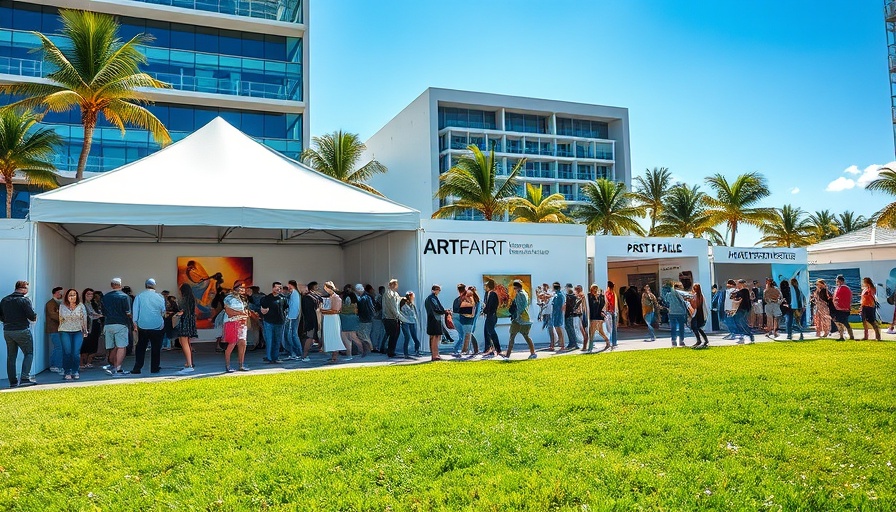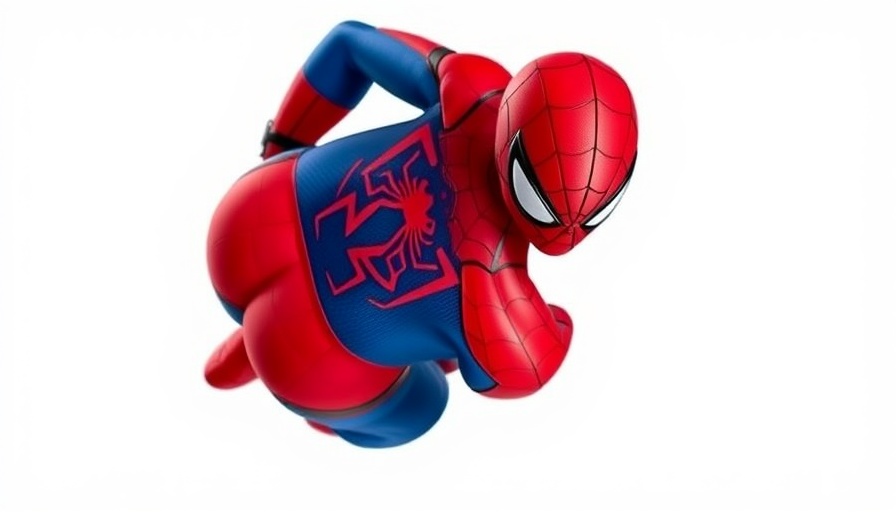
Christie's AI Art Auction Breaks Barriers With Unexpected Success
In a bold move that brought both excitement and controversy, Christie's recently held its first auction exclusively featuring works of art created using artificial intelligence (AI). Despite significant pushback from the art community—over 6,400 signatures on an open letter urging the auction to be canceled—the event exceeded expectations, bringing in more than $728,000. The auction, which ran from February 20 to March 5, showcased 34 lots, with 28 of them finding eager buyers.
Understanding the Buzz Around AI Art
Many critics of the auction raised concerns about the ethics of AI-generated art, claiming that AI models are often trained on copyrighted material without artists' consent. The open letter targeted Christie’s for promoting what some termed 'exploitative models.' On the other hand, benefits emerged during the auction as collector interest spiked, particularly among younger participants. Indeed, data revealed that 37% of bidders were new to the auction house, indicating a fresh wave of interest in AI art.
A Closer Look at Featured Works
Highlighting the elevation of AI in the art world, one of the standout pieces was Machine Hallucinations – ISS Dreams – A by Refik Anadol, which sold for $277,200. This piece exemplifies how AI can generate compelling narratives through data, as it transforms satellite imagery and data from the International Space Station into a mesmerizing visual experience.
Meanwhile, the controversy surrounding the nature of AI-created works is what arguably fueled curiosity and engagement in the auction. Nicole Sales Giles, Christie's director of digital art, defended the inclusion of AI in art, suggesting that it represents a natural evolution in artistic expression.
What This Means for the Future of Art
As the dialogue around AI art continues to evolve, it raises essential questions regarding copyright and the implications of AI in creative fields. The growing acceptance of AI-generated art may reflect a shifting understanding of creativity itself—a trend that's increasingly attracting the attention of both collectors and new artists alike.
Research from Hiscox suggests that the market for AI art may be at its nascent phase, with generational shifts altering purchasing trends. As more Millennials and Gen Z collectors enter the scene, the distinction between traditional art and generative artwork will likely blur even further.
Community Response and Reflection
The divide in opinions on AI art mirrors broader societal debates about privacy, ownership, and the implications of technology in our lives. How can we ensure that ethical standards are maintained? Supporters argue for a balance where AI's potential can be harnessed while still respecting the foundational work of human artists.
For many in Philadelphia, this discussion is not just an abstract debate—it’s part of a local narrative that speaks to how technology intersects with our lives and values. As top wage earners in the community, they are in a unique position to influence how these topics evolve, driving conversations around ethics, innovation, and art.
Ultimately, while Christie's auction may have defied early criticisms with financial success, the art world must now grapple with the moral complexities and transformative potential of AI in art. This fresh chapter challenges us to reconsider our definitions of creativity and artistry.
Curious about the implications of AI in our community's art scene? Let's engage in this critical conversation!
 Add Row
Add Row  Add
Add 




Write A Comment